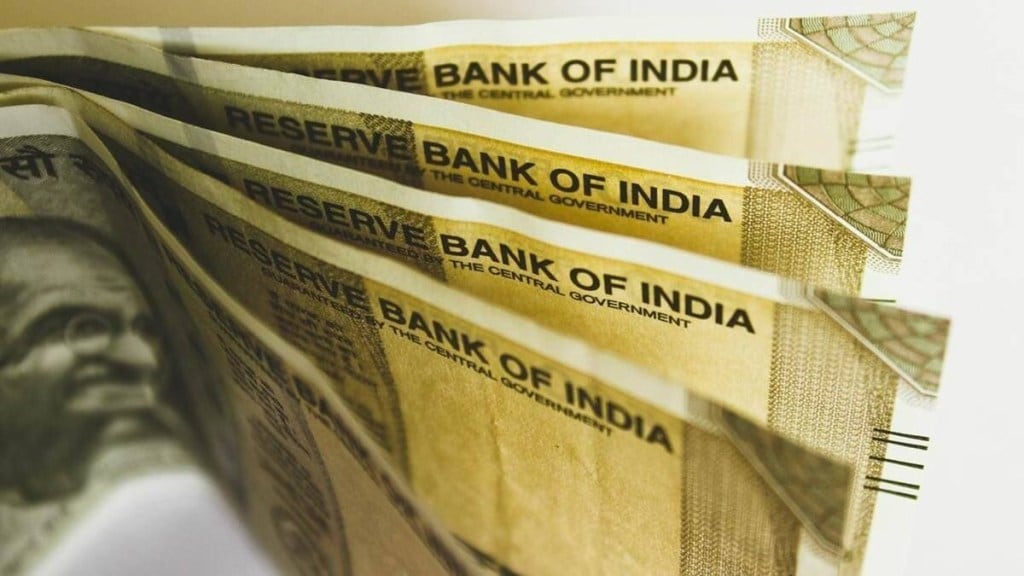Banks’ non-food credit grew 20.1% year-on-year (y-o-y) to Rs 159.18 trillion as of December 29, lower than 21% in November, RBI’s sectoral deployment of credit data showed. Excluding the merger impact of HDFC twins, credit offtake was up 16%.
Bank credit to agriculture and allied activities was up nearly 20% y-o-y to Rs 19.94 trillion in December, higher than 12% a year ago, while credit to industry segment rose 9% y-o-y to Rs 36.64 trillion. Within the industry segment, credit to large corporates rose 7% y-o-y to Rs 26.70 trillion.
Among the services sector, loans to NBFCs rose 15% to Rs 15.20 trillion, sharply lower than the 34% y-o-y growth a year ago. This gains importance as the RBI had in November hiked risk weights on bank loans to NBFCs by 25% over and above the risk weight associated with the given external rating in all cases where the risk weight was below 100%.
RBI had also hiked risk weight on unsecured consumer credit, including credit card loans to 125% from 100%. However, data showed that while consumer durable loans’ growth moderated to 14% y-o-y to Rs 24,312 crore in December from 28% growth last year, credit card outstanding continued to rise from 28% last year to 33% during December 2023 to Rs 2.51 trillion.
According to rating agency Icra, banks’ credit will likely moderate to 15% in FY24 and 12% in FY25. “The relative deceleration in bank credit expansion seen during December 2023 reflects the regulatory measures on increased risk-weights on loans extended to consumer credit and NBFCs, apart from the tight liquidity conditions in the banking sector,” said Anil Gupta, senior vice president, Icra.
“Looking ahead, weaker export demand in certain sectors, softer commodity prices, and challenges in deposit mobilisation could temper bank credit growth in FY25. We expect the incremental credit growth to drop to Rs 19.0-20.5 trillion in FY25 (y-o-y growth of 11.7-12.6%), while remaining sizeable,” he said.

